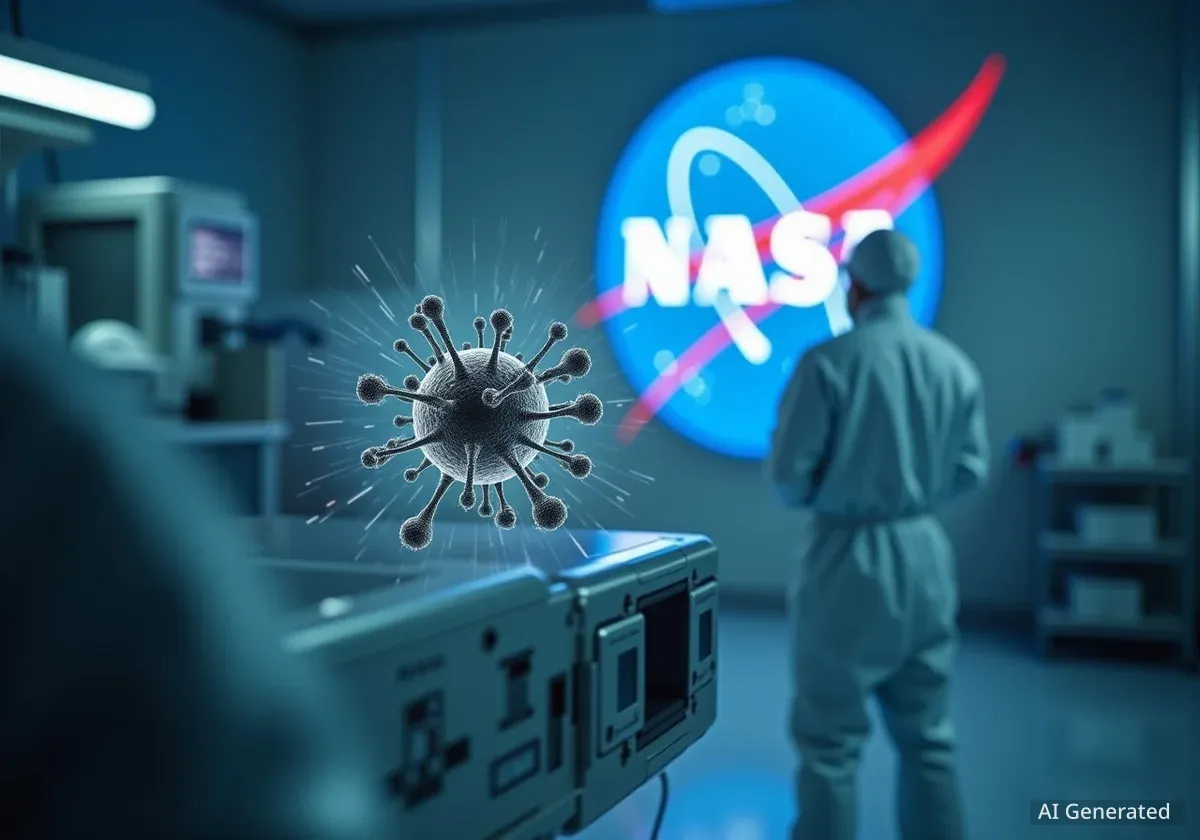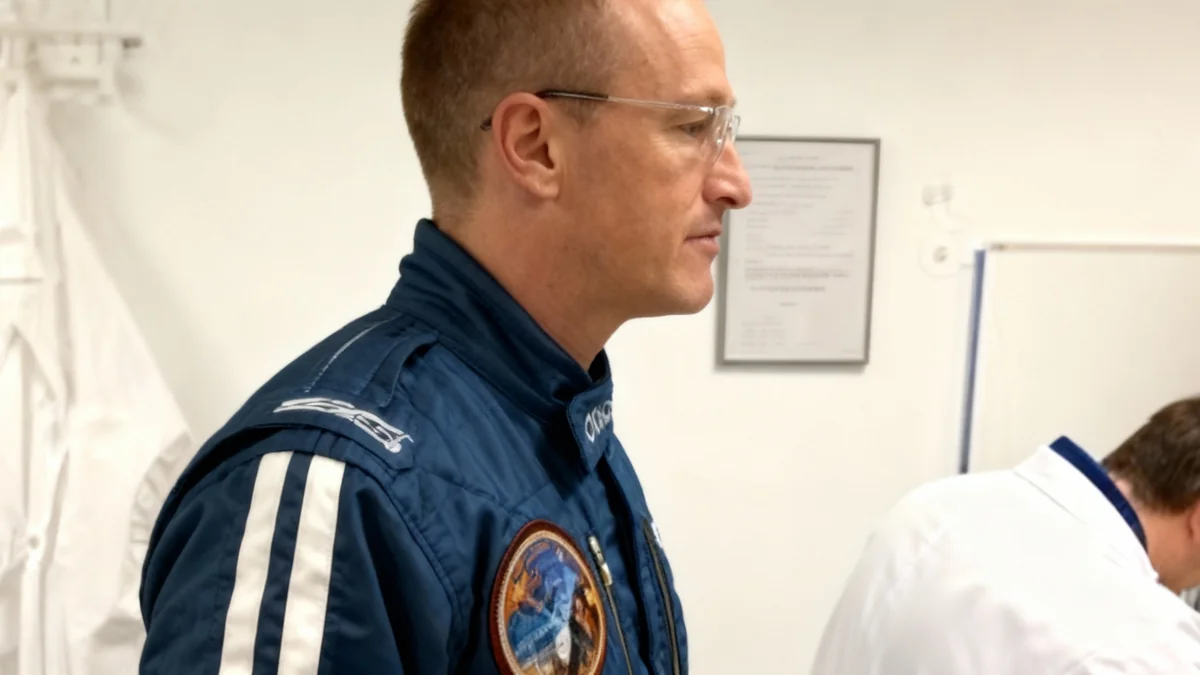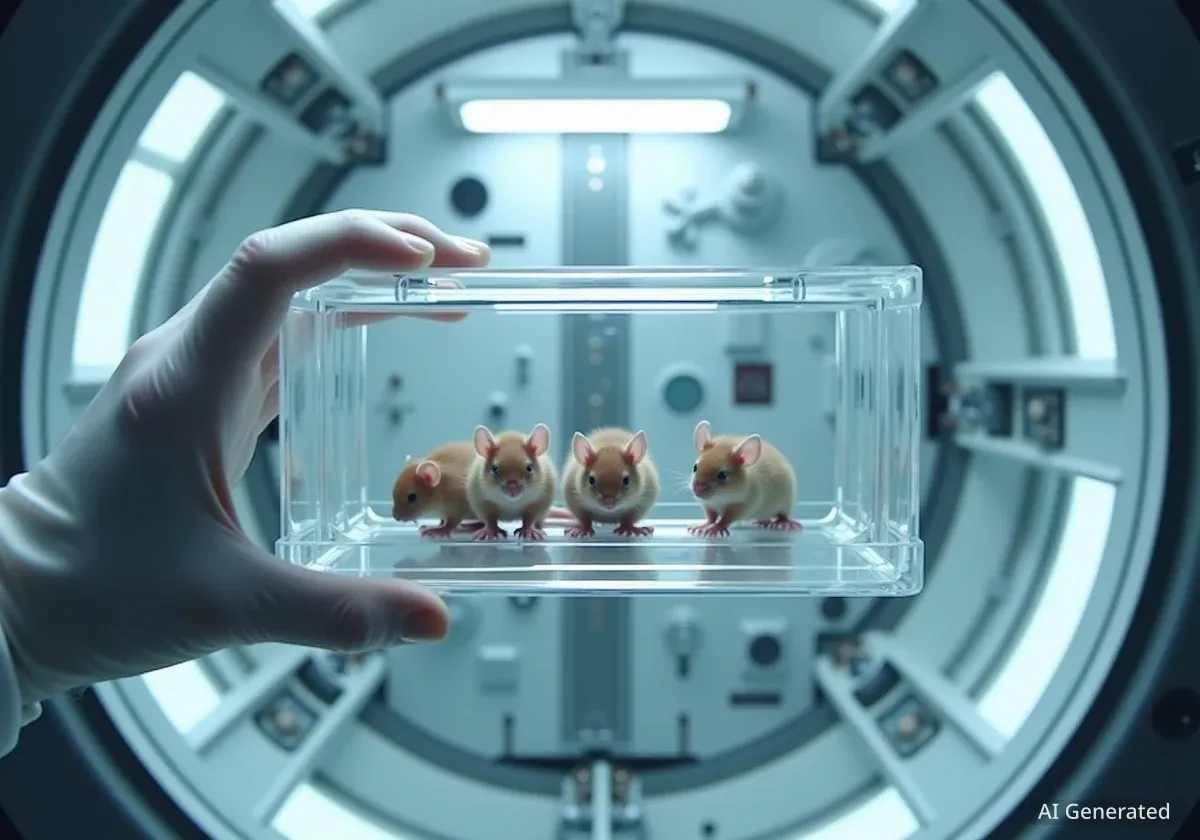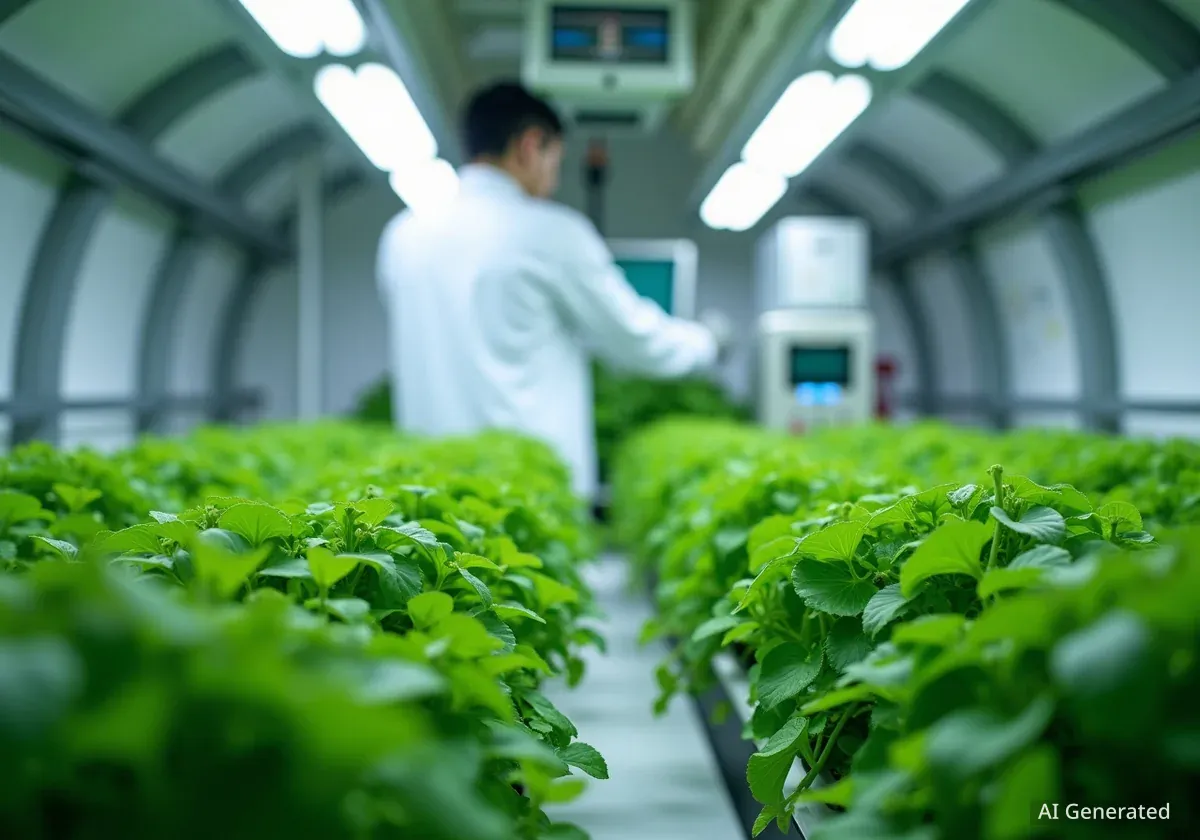A resilient bacterium discovered in the sterile clean rooms used to assemble spacecraft has a unique survival strategy: it can enter a dormant state, making it nearly impossible to detect and kill. This finding raises significant concerns for planetary protection and has potential implications for public health on Earth.
Researchers from the University of Houston have uncovered how Tersicoccus phoenicis, a microbe found only in NASA and European Space Agency facilities, can effectively play dead to survive the rigorous sterilization processes designed to prevent contaminating other worlds.
Key Takeaways
- A bacterium named Tersicoccus phoenicis has been found in hyper-sterile spacecraft assembly rooms.
- It survives by entering a dormant, undetectable state, resisting standard cleaning methods.
- This poses a risk of accidentally transporting Earth-based life to other planets like Mars.
- The bacterium's survival mechanism is similar to that of tuberculosis, and studying it could lead to new medical treatments.
An Unlikely Survivor
Space agencies go to extreme lengths to ensure spacecraft are sterile before they launch. The principle of planetary protection is critical: we must not introduce Earthly microbes to other planets, as it could corrupt the search for alien life or harm potential extraterrestrial ecosystems.
Despite these efforts, some life forms persist. The environments designed to be the cleanest on Earth—spacecraft clean rooms—have become an evolutionary crucible for a new class of extremophiles, organisms that thrive in harsh conditions.
One such organism is Tersicoccus phoenicis. It was first identified in 2007 in a clean room housing NASA’s Phoenix lander. Since then, it has only been found in one other location: the clean room for the Herschel Space Observatory at Europe's Spaceport. This exclusivity suggests it has adapted specifically to survive the cleaning agents and dry, nutrient-poor conditions of these facilities.
What Are Clean Rooms?
Clean rooms are controlled environments with extremely low levels of pollutants such as dust, airborne microbes, and chemical vapors. Used in manufacturing and scientific research, spacecraft clean rooms are among the most stringently controlled to prevent biological contamination of rovers, landers, and orbiters.
The Science of 'Playing Dead'
New research reveals that this bacterium’s survival is not due to superior resistance while active, but rather its ability to enter a dormant state. When faced with starvation or desiccation, T. phoenicis effectively shuts down its biological processes.
In this state, it becomes incredibly difficult to find. Standard tests designed to detect living bacteria often fail to register these dormant microbes.
“They are playing hide and seek, OK? They're playing hide and seek until they get the right conditions,” explained Assistant Professor Madhan Tirumalai, a microbiologist at the University of Houston and study author.
The University of Houston team, funded by the university, demonstrated that these dormant bacteria could be brought back to life. They used a special protein known as a resuscitation-promoting factor (RPF), derived from a related species, Micrococcus luteus, to effectively wake the sleeping microbes.
Fact: The dormancy mechanism observed in T. phoenicis is believed to be common across a large group of bacteria called Actinobacteria, which includes the pathogen responsible for tuberculosis.
A Planetary Protection Concern
The ability of these bacteria to hide from detection and survive sterilization presents a genuine challenge for space exploration. If dormant microbes like T. phoenicis hitch a ride on a Mars rover, they could potentially reanimate in a new environment.
“Could they survive [going to space and reaching another world] like that? It's a genuine concern from a planetary protection perspective that they can survive these conditions by going dormant,” Tirumalai noted.
Whether these specific bacteria could actually survive and spread on Mars or an icy moon like Enceladus remains unknown. Scientists acknowledge that more research is needed to understand the limits of their resilience and the specific conditions of other worlds.
Implications Beyond Space Travel
The study of T. phoenicis has consequences that hit closer to home. The phylum it belongs to, Actinobacteria, includes one of humanity's most persistent threats: Mycobacterium tuberculosis, the bacterium that causes tuberculosis and kills over a million people annually.
Tuberculosis is notoriously difficult to treat because it can also enter a dormant state, hiding from the immune system and antibiotics for years before re-emerging. The resuscitation factor used to revive T. phoenicis has also been shown to work on tuberculosis.
“We believe that the RPF that we have here would be a good tool to look at resuscitation from any other dormant Actinobacter because I think they all have the same mechanism,” said Professor William Widger, a co-author of the study.
Understanding this 'on/off' switch could revolutionize treatment. If a method can be found to force dormant tuberculosis bacteria into an active state, they could then be targeted and eliminated by antibiotics.
From Hospitals to the Food Industry
The challenge of dormant bacteria is not limited to spacecraft and medicine. Similar issues could exist in other sterile environments where contamination is a major concern.
“The bigger question is, is dormancy common in these clean room facilities? These lessons could also be applied to hospitals, pharma facilities, and the food industry,” Tirumalai commented.
The research, published in the journal Microbiology Spectrum, highlights a fundamental survival strategy in the microbial world. By studying this stowaway from a NASA clean room, scientists are gaining insights that could help protect both other planets from us, and us from some of our oldest microscopic foes.





